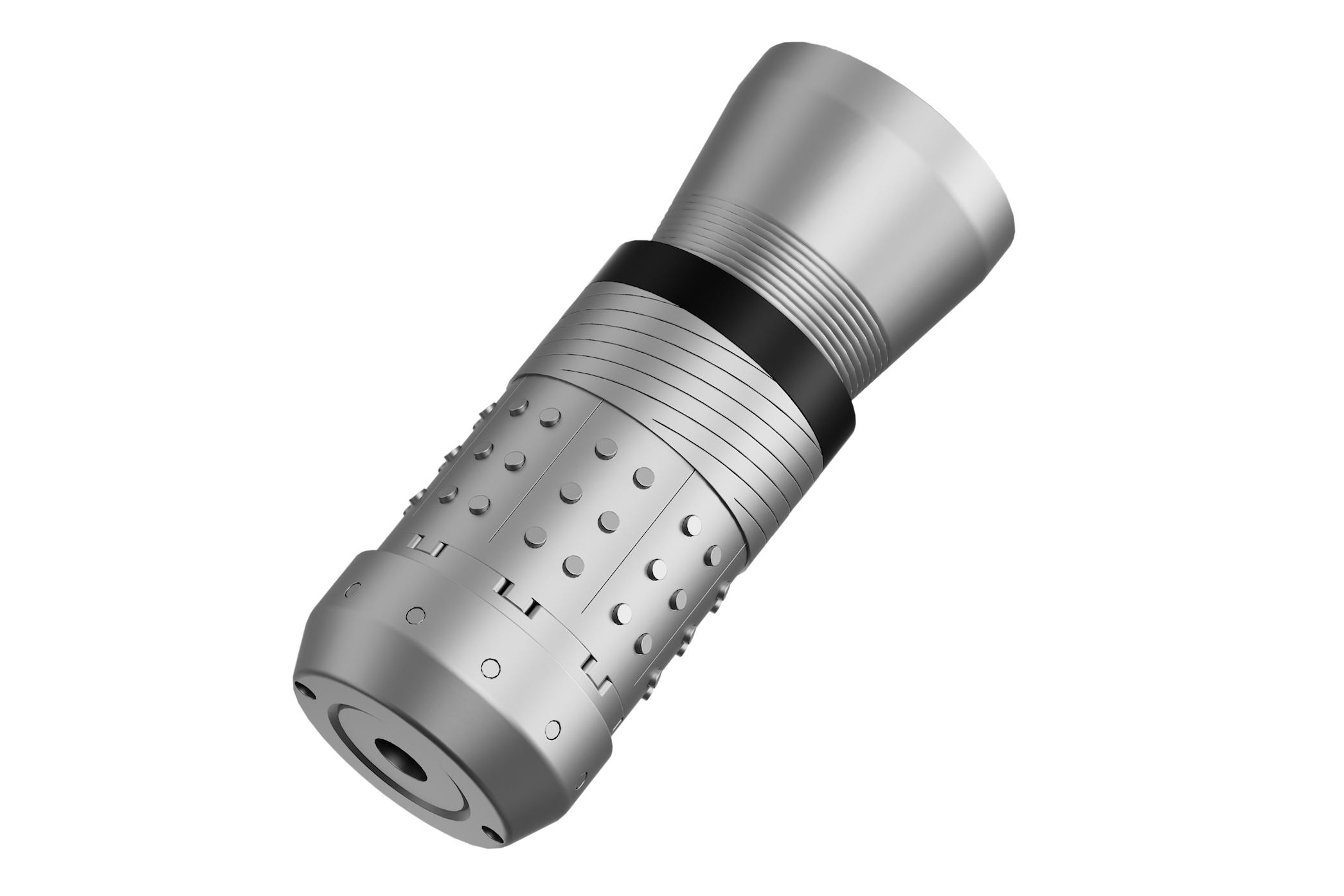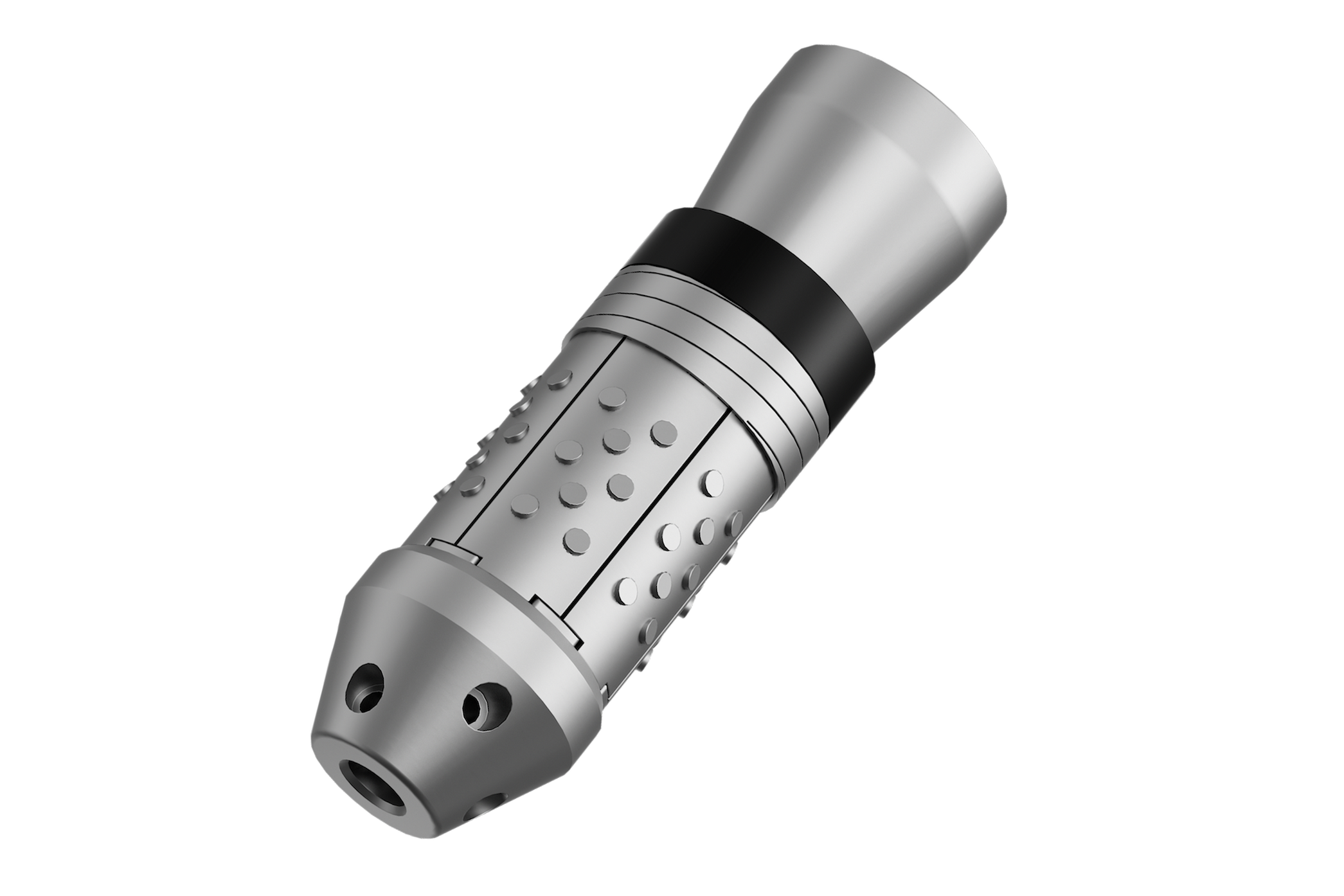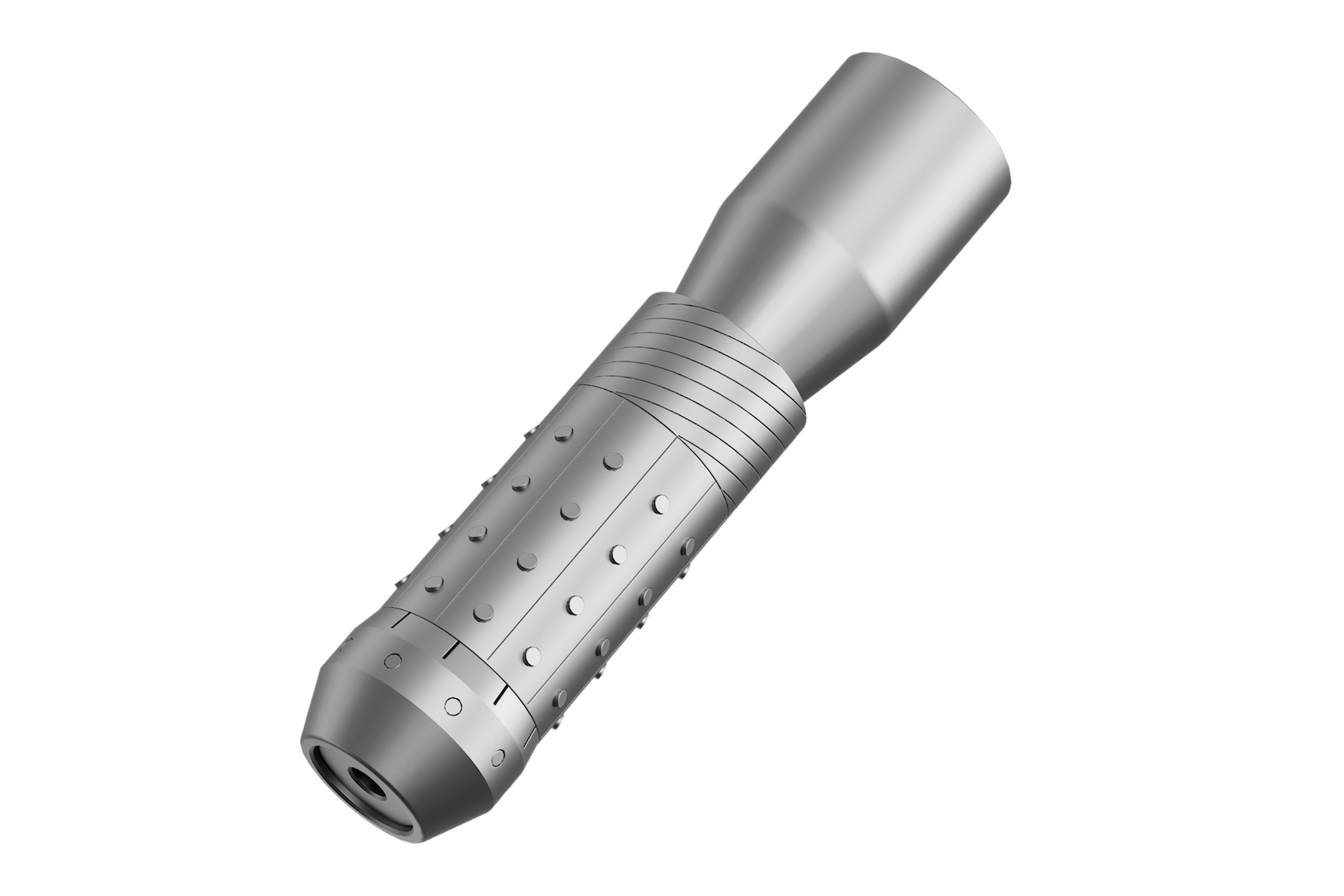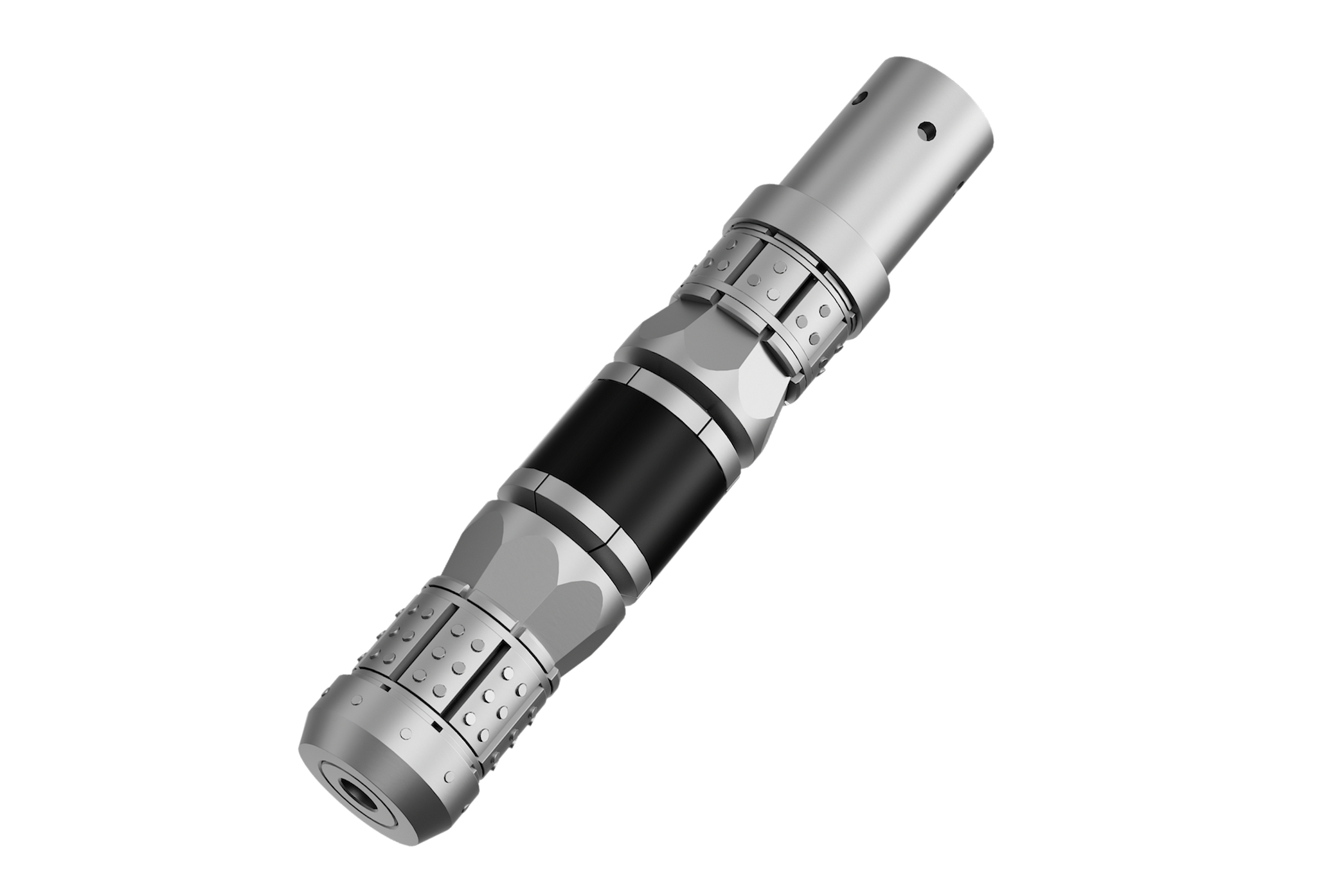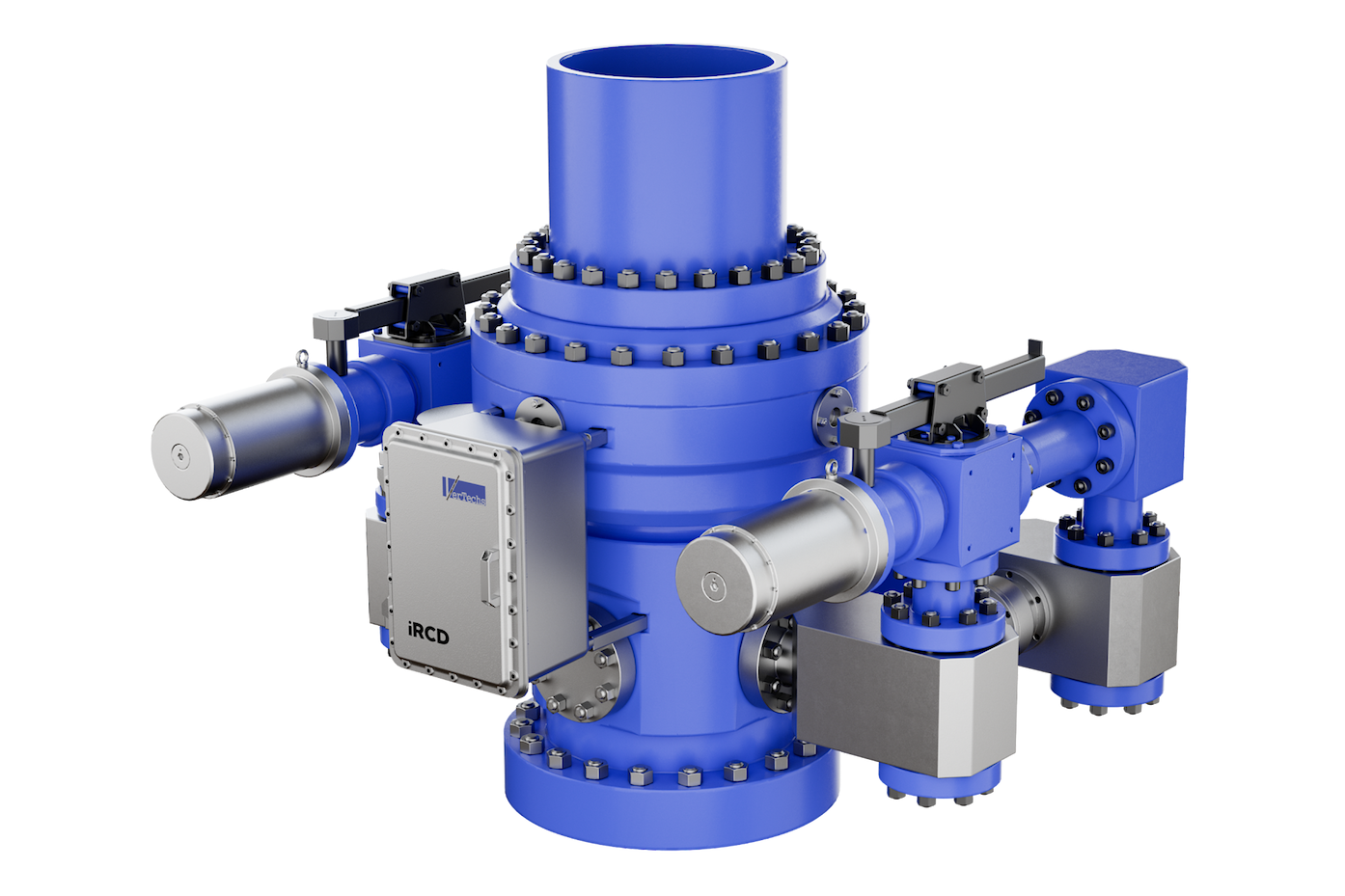Understanding Loss Circulation in Drilling: Causes, Types, and Solutions
2025-10-23
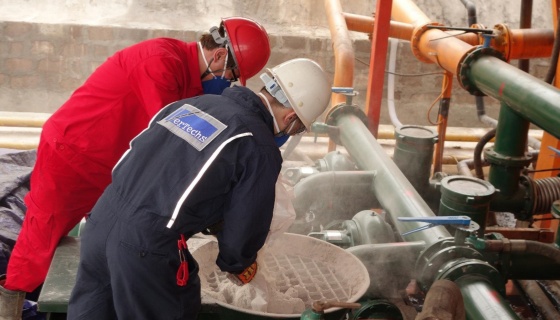
Are you running a fluid, gas industry, or a business where the core of your operations is drilling? Do you feel confident about the performance and the outcomes? Or are you facing challenges with this drilling operational line? If so, the guide is here to help you understand everything about Loss Circulation in Drilling, including its causes, types, and solutions to manage the inconveniences caused by circulatory loss. Drilling indeed comes with many common challenges, but the loss of circulation is the one that can cost the entire drilling formation—a lack of focus at any small point can cause this. However, after reading this guide, you will be a valuable asset to your business or industry, as you will know everything about Loss Circulation in Drilling.
Overview of Loss Circulation In Drilling
There are a few severe actions in the drilling formation that cause a loss of circulation. In simple terms, Loss Circulation in Drilling occurs when fluid or mud flows towards the subsurface during the drilling process, whereas it should only revert to the surface. However, this is such an uncontrollable flow that it can’t be manually controlled. Also, this is the most common and the expensive issue ever that leads to instability, inefficiency, and a non-productive operational line.
Understand the Significant Causes Of Loss of Circulation In Drilling
When it comes to the causes of Loss of Circulation, there are two things that you will get to know about. One of the factors contributing to this is the nature of the causes. Let's start reading about and grab the knowledge.
Contributing Factors To The Loss Of Circulation
Mainly, there are two types of factors in Loss Circulation during drilling: one is Geological, and the other is Operational. Let’s have a detailed look at all the factors categorized into the two groups.
Geological Factors
● Natural cracks and fractures are among the primary factors that lead to fluid loss from joints and faults.
● The unrefined formations on the drilling operational line also contribute to fluid loss via absorption.
● On the other hand, the formation of unconsolidated materials like sand is one of the operational materials that allows the fluid to flow only within the material.
● Throughout the entire drilling, the depleted zones are the most sensitive, with higher chances of loss circulation due to lower pressure, which automatically reduces the fracture pressure.
Operational Factors
● The higher the downhole pressure, the more factors contribute to it. If the fluid density exceeds the pressure formation capacity, it leads to fracturing and loss of circulation.
● The variation in the drilling fluid properties, especially the heavy flow rate of the fluid, causes the losses.
● Another factor is WoB, which stands for weight on bit; this is what enhances the pressure that leads to fracture and loss.
● The drilling speed must not be increased; otherwise, a loss will certainly occur due to high downhole pressure.
● The instability in the wellbore is one of the primary factors causing the production to worsen.
● The higher the wellbore’s wall deviation, the lower the fracture pressure gradient, and the higher the chances of loss circulation in Drilling.
What Are The Possible Type Of Loss of Circulation In Drilling
Here, you will become aware of all the Loss Circulation Types, so that next time, you can clearly understand them and identify the losses further. Below are the four types of losses. Let’s have a look at:
Seepage Loss
The minor loss of fluids comes under this category, where the loss is generally less than 10 barrels per hour.
Partial Loss
All moderate fluid losses are considered under this Partial Loss Circulation, where the loss rate is between 10 and 50 barrels per hour, and the entire fluid reverts to the surface.
Severe Loss
These are large-scale drilling losses, which create highly fractured spaces and a severe level of loss circulation.
Total Loss
These fluid losses cause the entire system to stop working because there is no formation on the surface.
How to Resolve the Loss of Circulation Issues While Drilling a Formation?
Here are the solutions to Loss Circulations in Drilling. If you are facing such a challenge, here is a way to address it. With this, you will gain a clear understanding of resolving the fluid loss circulation issues. In this section, you will become aware of the two supreme solutions for the same. Let’s start discussing the same.
Reactive Solution To Loss Circulation
With respect to this solution, the LCM (Lost Circulation Material) is mixed well with the fluid to create a seal, ensuring no loss of circulation during drilling. The material is categorized by its shape, including flaky, Fibrous, Blended, and Granular.
To implement this, there are a few specialized plugs designed to address severe losses, including cement plugs, cross-linked polymers, quick-stone technology, diesel oil squeeze, and engineered composite solutions.
Preventive Loss Circulation Solution
This Preventive Loss Circulation Solution is considered an ideal solution for a system where fractures can severely reduce the fluid. Here, this solution includes techniques to balance the drilling speed, the weight on the bit, and the pressure all around. This approach to executing the solution focuses on controlling all the parameters associated with the system.
Resolve All Your Loss Circulation Challenges Now!
If you are dealing with any of the issues related to Loss of Circulation, then here is your way to proceed further. If you are new to this industry, you may need professional support to resolve. Even if you have been in this industry for a long time and still need experts to implement it, Vertchs is here with supreme solutions that can suit all the parameters of your entire system and operational line. We are the leading provider of solutions to the drilling industry.
Don’t you feel confident in your drilling operational line? If not, talk to the experts at Vertechs via engineering@vertechs.com. Secure and incorporate the ideal solution into your drilling infrastructure to improve production now!
Read Our One More Blog(1): Enhancing Wellbore Integrity: The Critical Role of Advanced Drilling Fluids and Technologies
Read Our One More Blog(2): Top Benefits of Managed Pressure Drilling for Deepwater Operations


